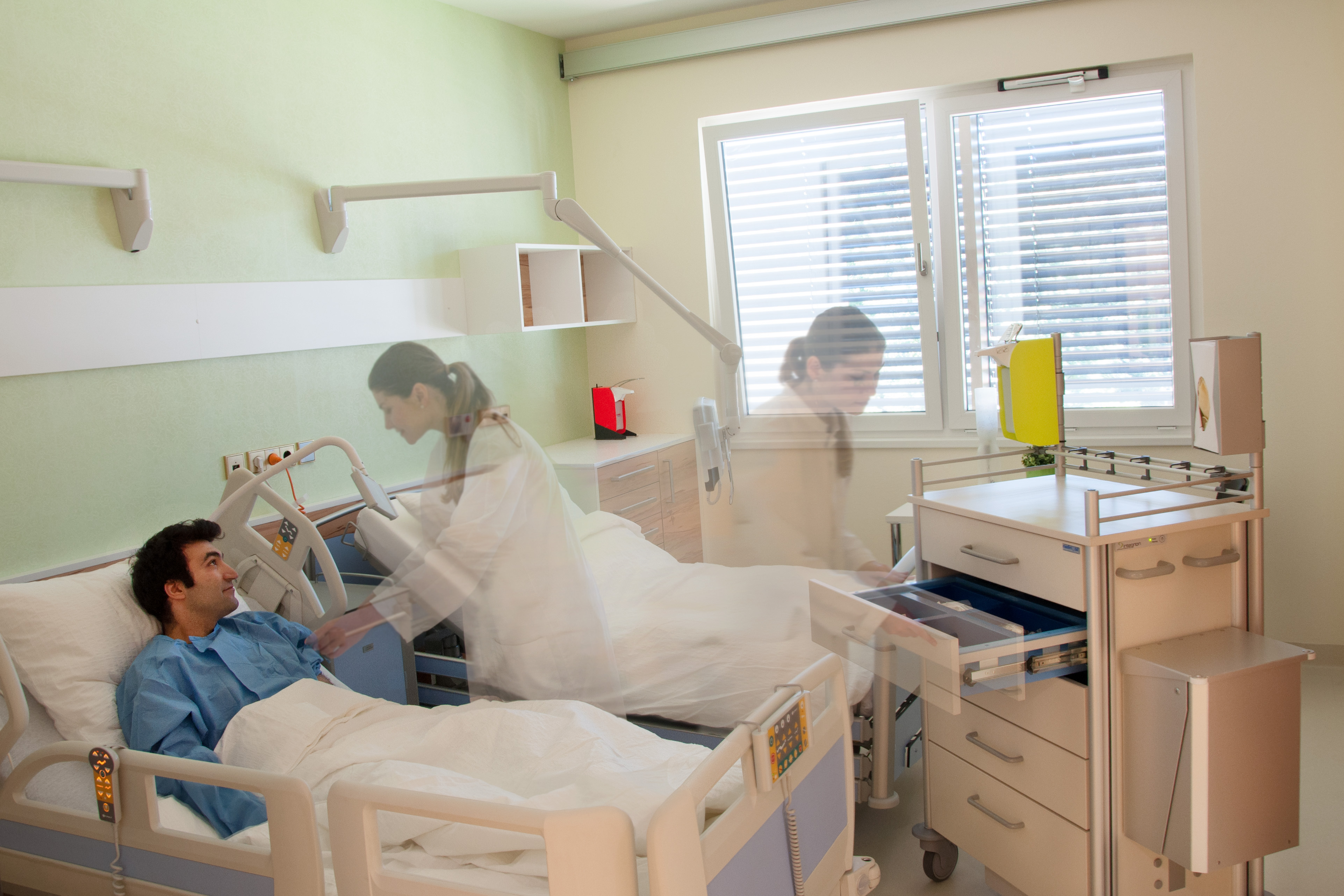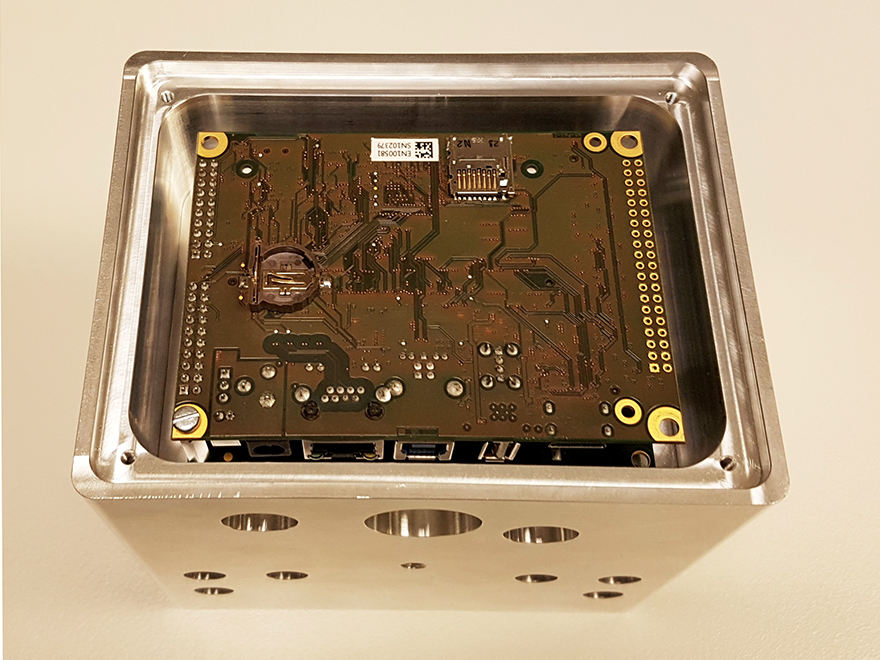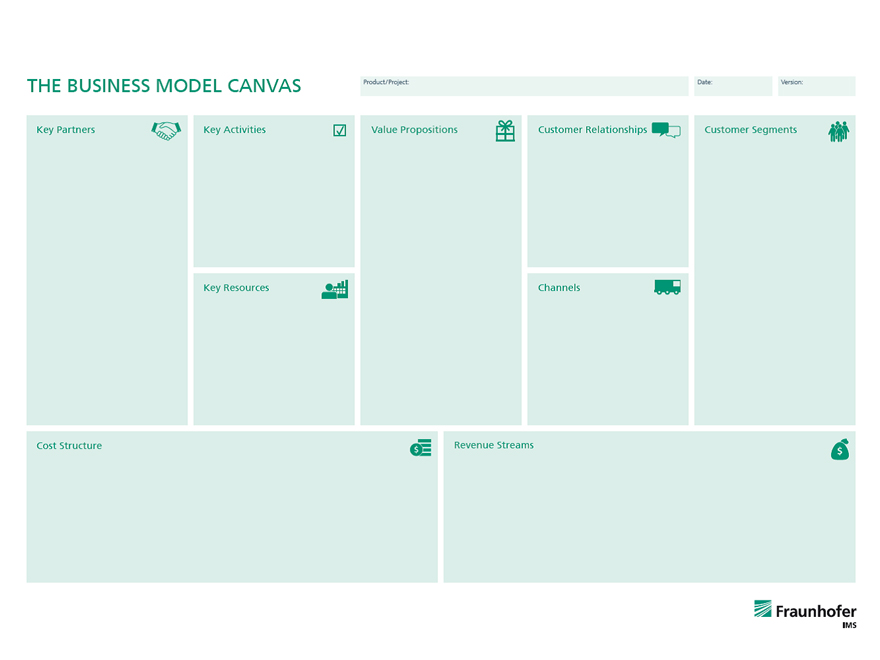Electronic assistance systems allow people to orient themselves in an ever more complicated environment that is full of technology, and to design and operate it how they desire. This includes all areas of living – learning, the work environment, medical procedures and care. That means, there is never the electronic assistance system, but many special solutions, which can be very complex, depending on the context and the environment.
For this purpose, the business field “Electronic Assistance Systems” offers support for their partners in the form of cooperation models.
Using market research and workshops for business model development we support you in focusing the innovation process of the partner. Proceeding studies that can, for example, analyze the technical feasibility of innovative product ideas, or evaluate the advantages and disadvantages of alternative solution approaches and concepts to support our partner in developing the right product for their business with the optimal technology and flexibility.
With benefit analyses and the creation of specification sheets we support our customers within the framework of the cooperation with the detailed technical and functional specifications of their novel product. This way, innovative and customer-specific assistance systems in the form of demonstrators or prototypes can be developed in development projects that are close to the later serial product regarding functionality and performance. We also support you in transferring to series production and identify and communicate with external partners for series production.
The living lab of the Fraunhofer-inHaus-Center allows for the integration of development results into a realistic application environment and to test and evaluate them on-site. Especially the human-machine-interface of such complex systems can be tested with the help of test subjects with regards to operability and operating comfort. This can be part of a development project, or a separate study.
Independent of the form of the cooperation project, we also support our partners in financing their innovation by examining the possibilities of public funding or acquiring further partners for a consortium for a sponsored alliance project from a cooperation network; this can be carried out in national or international research and development programs.
Summary of cooperation models:
- Concept development, benefit analyses, creation of specification sheets
- Innovation workshops and consultation regarding business models and product design
- Research for new technologies, feasibility studies
- Development of demonstrators and prototypes for innovative products
- Evaluations of user behavior and user acceptance in the living lab
- Identification of funding programs for the creation of research proposals



